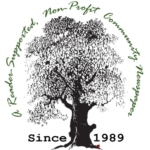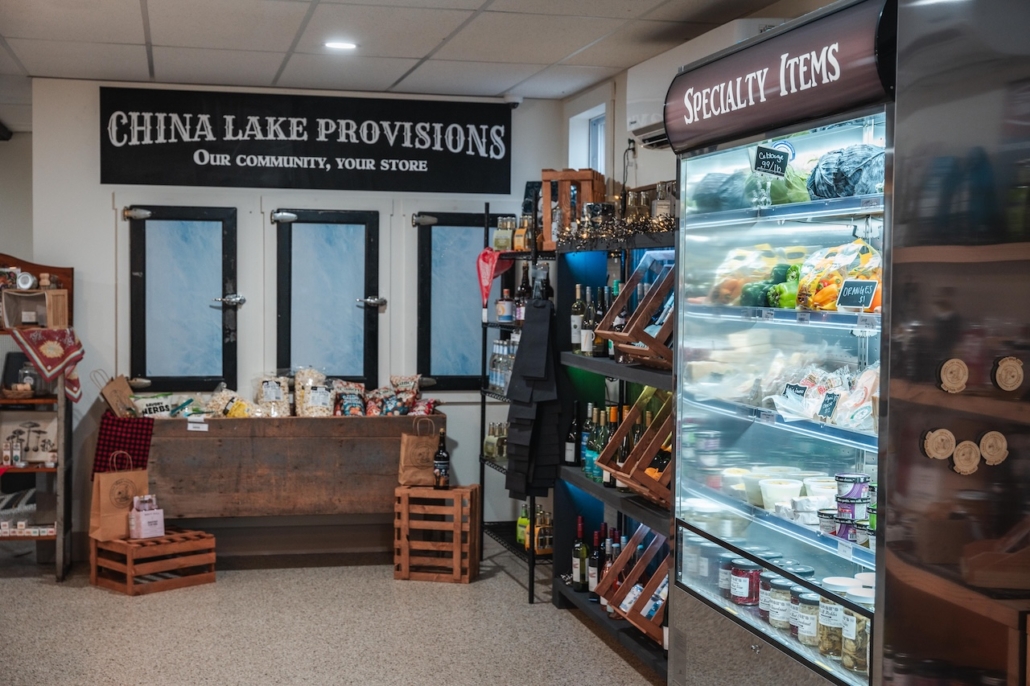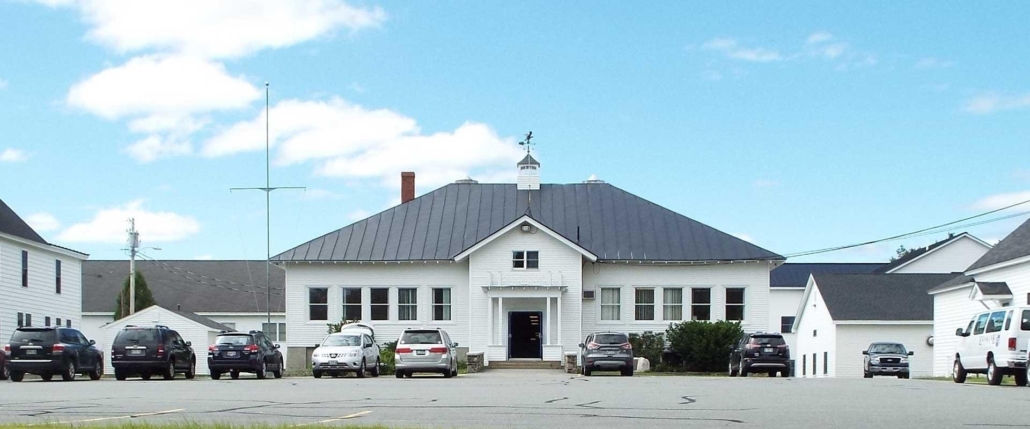CHINA NEWS: TIF committee recommends several economic allocations; voters to decide
by Mary Grow
China’s TIF (Tax Increment Financing) Committee is recommending selectmen ask voters at the March 25 town business meeting to allocate up to $897,923 for specific economic development projects, as follows:
- For the causeway project at the head of China Lake’s east basin, up to $750,000 over three years.
- For a revolving loan fund to provide bridge funding for local businesses on request, not more than $25,000 for fiscal year 2017-18.
- As a donation to ARI, the Alewife Restoration Initiative for China Lake, $30,000.
- As a donation to the Thurston Park Committee to improve access to the town-owned land in northeastern China, $40,000.
- For China’s 2017 contribution to FirstPark, the Oakland business park, $37,923. • As a donation to the China Region Lakes Alliance, $15,000 (of the $30,000 the CRLA usually requests from the town, leaving $15,000 to come from taxation if voters approve).
The money would come from the TIF account, formally called the Development Program Fund, which collects taxes Central Maine Power Company pays on its expanded power line through China.
Currently, the TIF program is set up for 20 years, running from 2015 to 2035. The committee recommends selectmen ask voters to extend it to the maximum 30 years allowed by state law.
The committee further recommends asking voters to put tax revenue from the new CMP substation off Route 3 into a TIF, the same one if possible or a separate one if state law so requires.
The power line TIF gets about $265,000 each July 1, Town Manager Daniel L’Heureux told committee members. The town does not yet have the final valuation of the substation, so he cannot tell how much it would add.
The advantage of a TIF, selectman and committee member Joann Austin reminded the other committee members, is that the valuation of TIFed projects is shielded; that is, it does not count toward the town’s valuation as calculated by the state. Without the TIF, China’s valuation would be higher. A higher valuation in comparison to other municipalities results in higher county taxes and less state revenue sharing money and state aid for education.
The causeway project is the most complex of the proposals and generated the longest discussion Jan. 17. It involves improvements to the present boat landing, including expanding parking on the north side of the causeway east of the bridge; changes along the lake shore to provide better access for fishermen, including handicapped access; rebuilding or replacing the bridge; and perhaps relocating the China Village fire station to make more parking space west of the causeway.
A new fire station would probably not qualify for TIF money under state law. Whether a new bridge would qualify appears uncertain from committee discussions. L’Heureux said the state finds the present bridge, though old – built in 1930, he said – and narrow, is safe; committee member and former state legislator David Cotta doubted the state would contribute highway funds to replace it.
Several committee members, however, see a new bridge as key to the whole project. Jim Wilkens said the narrow bridge is already a safety hazard, with fishermen, including children, too close to passing vehicles, and increasing recreational use would make the situation worse. Cotta said the town might be held liable if officials promoted increased use despite a recognized hazard.
A further unresolved issue is what to do along the lake shore, and perhaps along the back of the expanded parking lot to reduce run-off into the wetland known as the Muldoon. Committee members discussed a pervious gravel lot versus a paved lot; for the lake frontage, consulting engineer Mark McCluskey has proposed sheet piling, but at the Jan. 17 meeting committee member Dale Worster recommended using landscaping blocks to make a terraced shoreline. Committee member Stephen Nichols said if the shoreline improvements are done before the bridge is replaced, they will be ruined when the shore is dug up for the bridge work.
The revolving loan fund would be administered by Kennebec Valley Council of Governments, whose staff helped committee members plan it. Wilkens and Cotta opposed recommending it to selectmen and voters, questioning whether local businesses need bridge loans and whether, if granted, they would be repaid.
The donation to ARI is based partly on the assumption that introducing alewives back into China Lake will improve water quality. The alewives supposedly eat tiny plants and animals containing phosphorus and take the phosphorus with them when they migrate back to the ocean in the fall, leaving less food for algae. Better water quality is an economic advantage.
Alewives’ role in improving water quality is hotly debated locally, with anecdotal evidence supporting it but scientific studies inconclusive. L’Heureux stressed that ARI’s goal is to restore historic fish runs, not specifically to affect water quality.
At the March 2016 town business meeting, voters approved two TIF articles for the current fiscal year. One appropriated the same amounts as recommended this March for FirstPark ($37,923) and CRLA ($15,000) plus $6,000 for administration, $2,500 for China Community Days, $650 for Mid-Maine Chamber of Commerce dues and $5,000 for a bicentennial events coordinator (who has not been hired). The last three items were not discussed at the Jan. 17 TIF Committee meeting.
The second March 2016 article authorized selectmen to appropriate up to $50,000 “in the 2016-2017 fiscal year and thereafter” from TIF funds for technical, administrative and legal expenses associated with proposed economic development projects.
The draft warrant for the March 25, 2017, town business meeting includes all the 2016 items, with the Chamber of Commerce dues reduced to $500, plus all the Jan. 17 TIF Committee recommendations. Selectmen have not yet reviewed the proposed expenditures.
In November 2016 voters approved two more expenditures recommended by the TIF Committee, donating $50,000 to the China Four Seasons Club for trail work and authorizing selectmen to spend up to $10,000 to buy a piece of land near the boat landing as part of the causeway project.
L’Heureux said the land purchase is almost completed. During August 2016 discussion of the Four Seasons Club request, club President and TIF Committee member Frank Soares said he planned to ask for $30,000 a year in following years. Soares was not at the January 17 meeting and the issue was not mentioned.
The draft March 25 warrant does not include TIF funds for the Four Seasons Club’s trail work. It does include the traditional request to give the club part of the snowmobile registration tax refund the state returns to the town.
The TIF Committee is scheduled to meet again Monday evening, Jan. 30.
Responsible journalism is hard work!
It is also expensive!
If you enjoy reading The Town Line and the good news we bring you each week, would you consider a donation to help us continue the work we’re doing?
The Town Line is a 501(c)(3) nonprofit private foundation, and all donations are tax deductible under the Internal Revenue Service code.
To help, please visit our online donation page or mail a check payable to The Town Line, PO Box 89, South China, ME 04358. Your contribution is appreciated!





Leave a Reply
Want to join the discussion?Feel free to contribute!